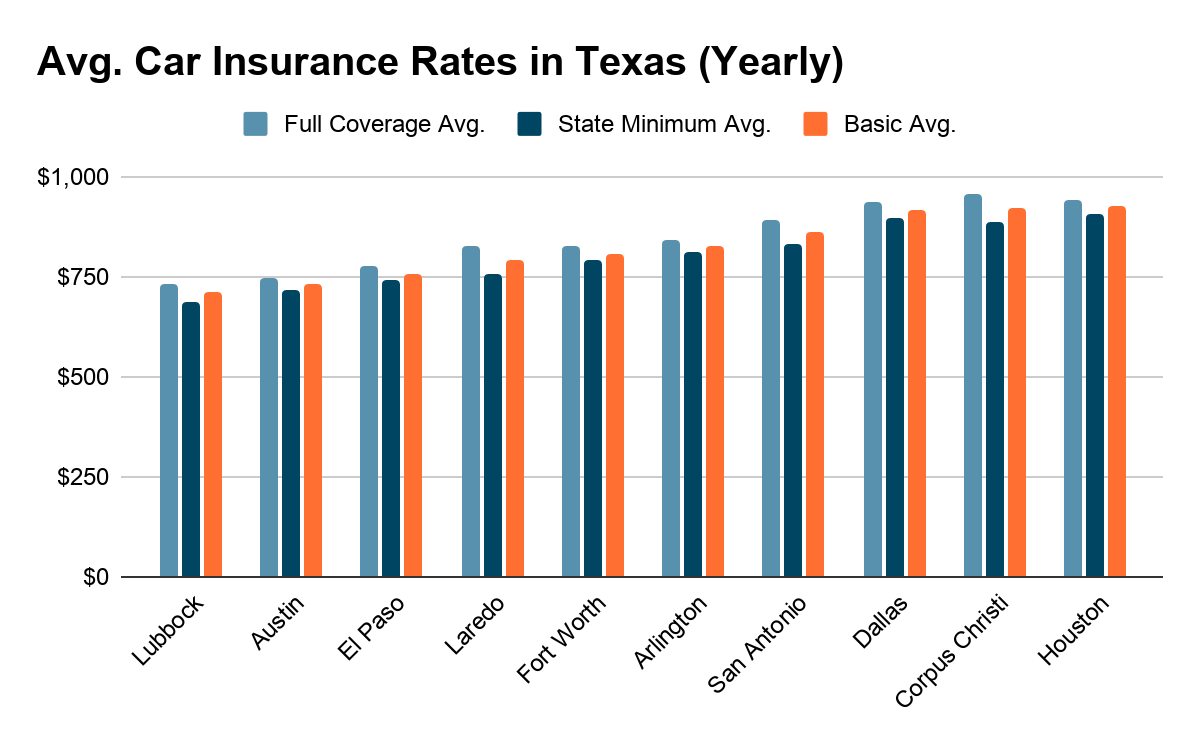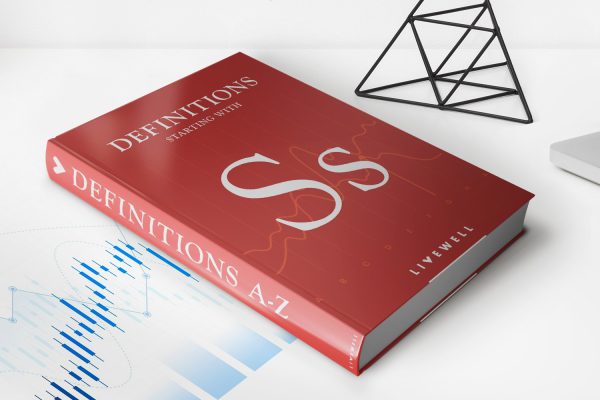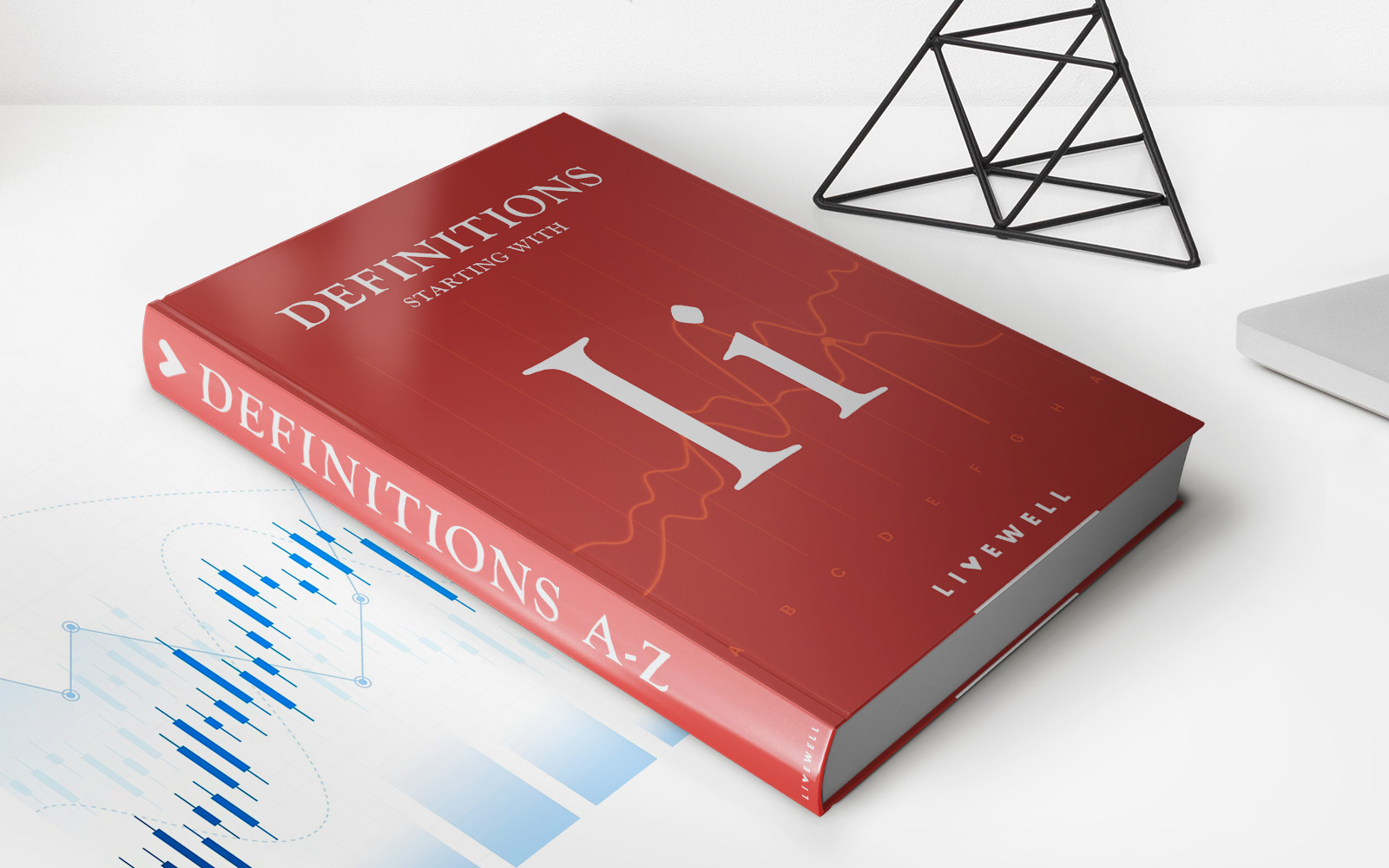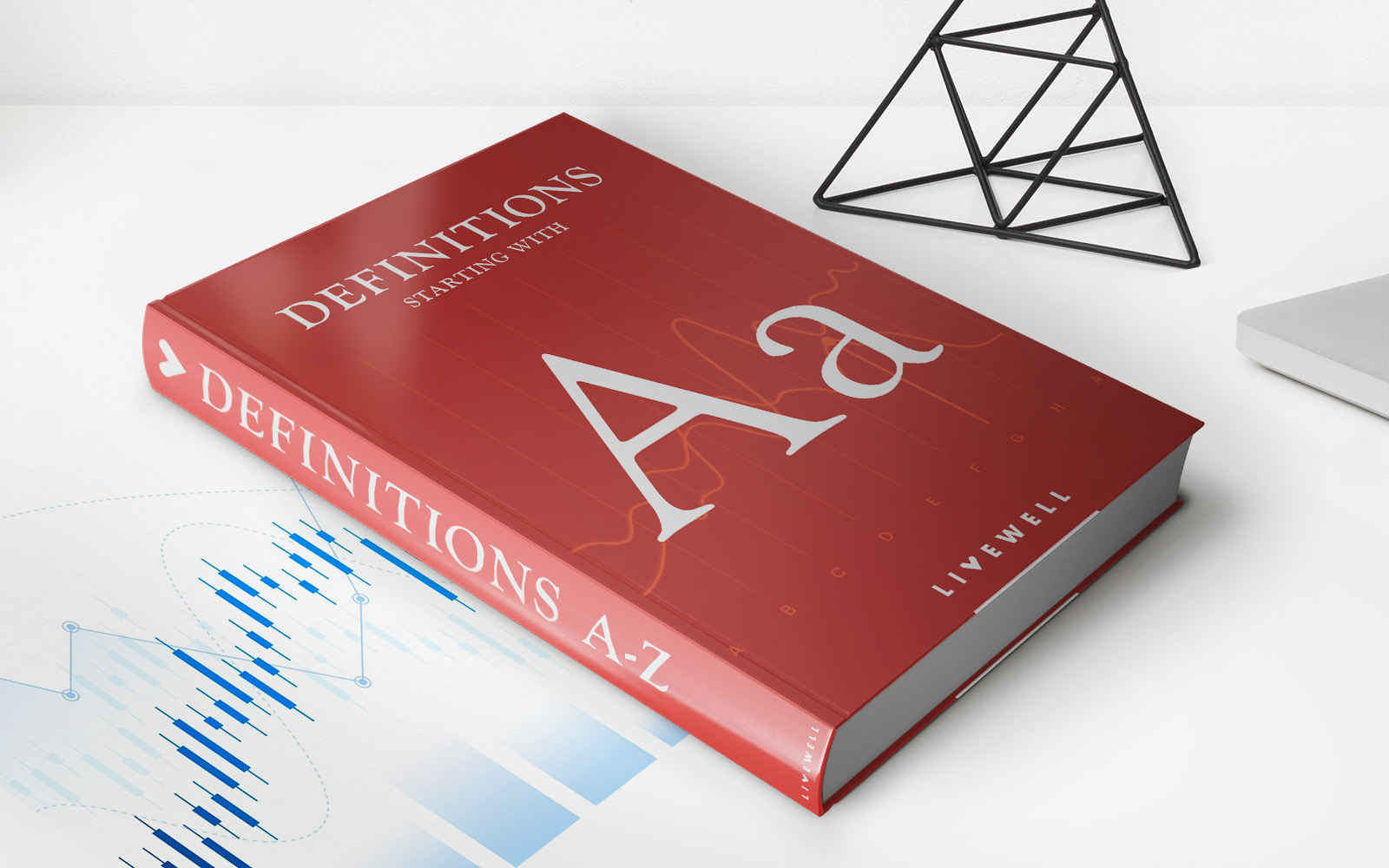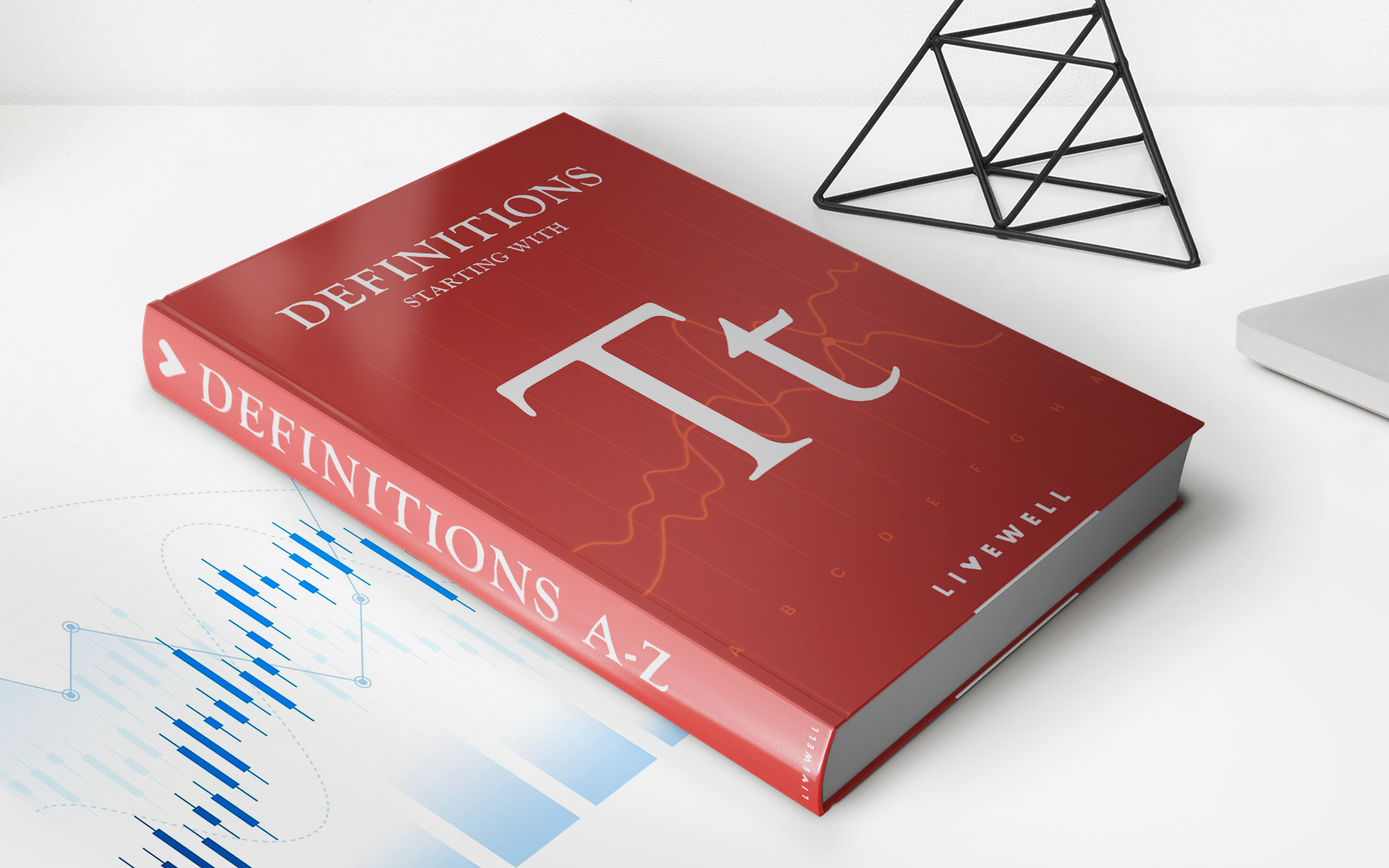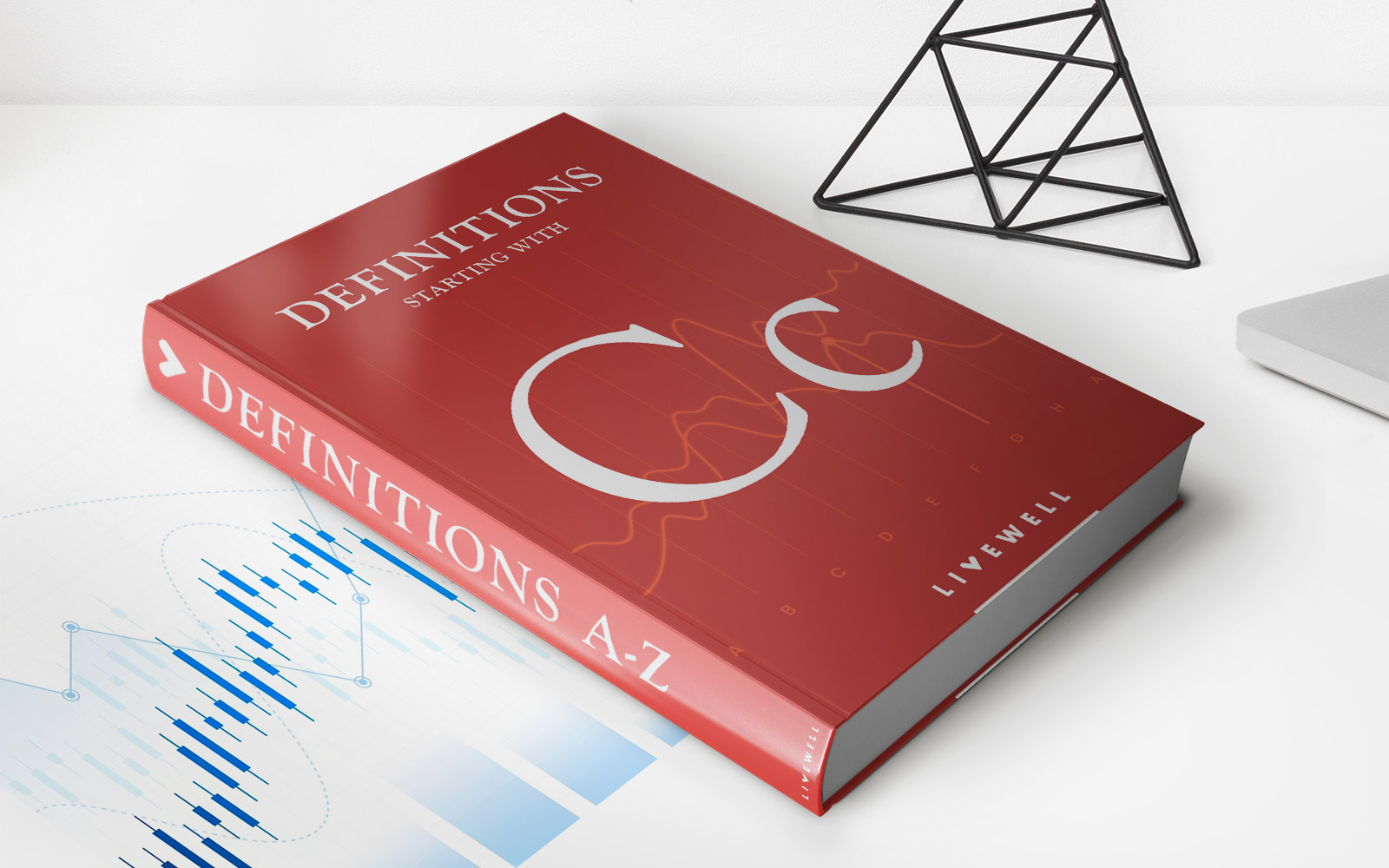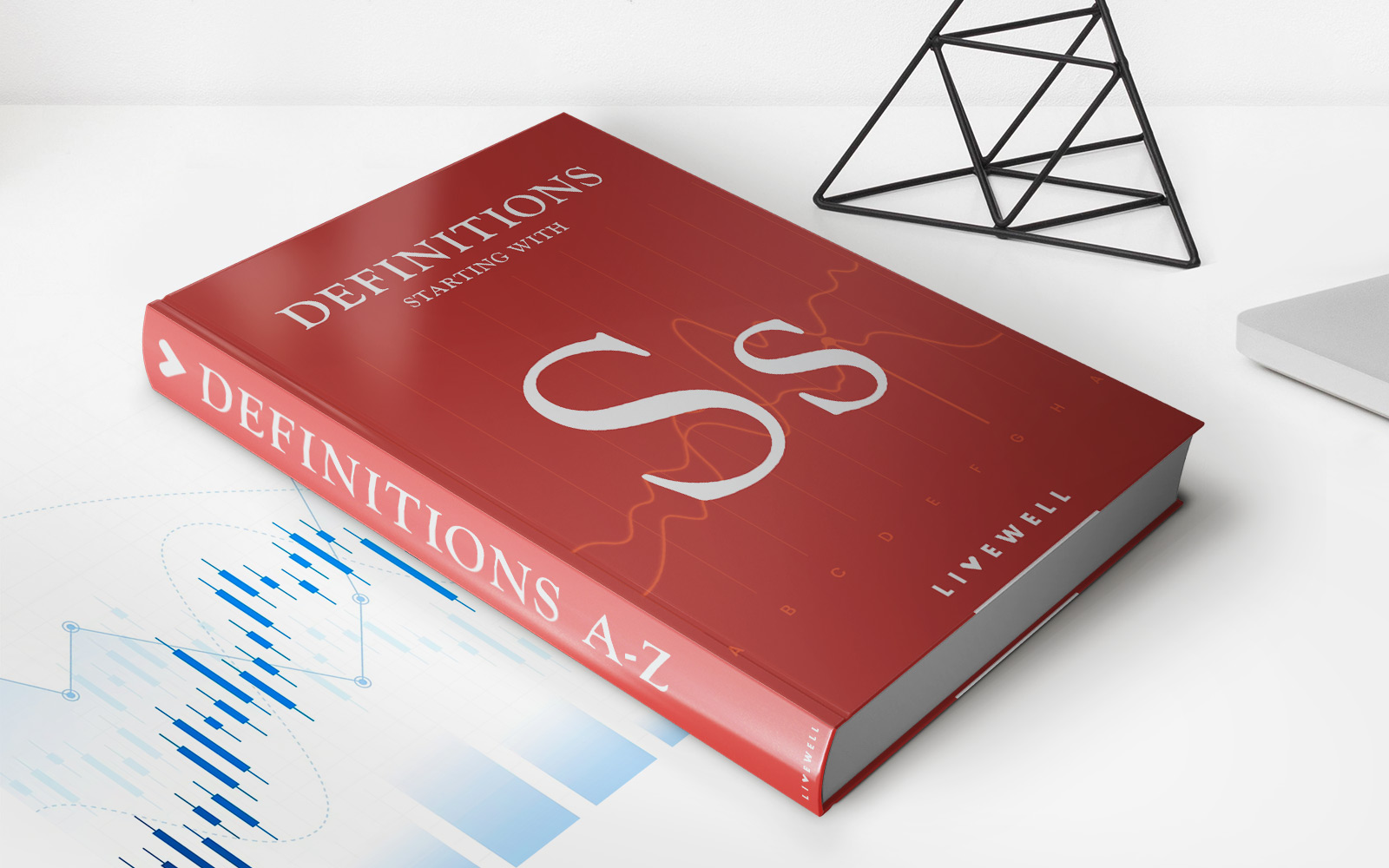

Finance
Standard Auto Insurance Definition
Published: February 1, 2024
Learn the definition of standard auto insurance and its importance in the world of finance. Protect your vehicle and finances with the right coverage.
(Many of the links in this article redirect to a specific reviewed product. Your purchase of these products through affiliate links helps to generate commission for LiveWell, at no extra cost. Learn more)
Standard Auto Insurance Definition: Explained in Simple Terms
Are you looking for a clear and concise explanation of standard auto insurance? Look no further! In this blog post, we will break down the standard auto insurance definition so you can better understand this essential aspect of financial planning. Whether you’re a seasoned driver or a new car owner, grasping the concept of standard auto insurance is vital to protecting yourself and your vehicle. So, let’s dig in and find out what it’s all about.
Key Takeaways:
- Standard auto insurance is a type of insurance coverage required by law to protect drivers against potential automobile accidents or other incidents.
- It typically includes liability coverage, which covers damages and injuries you may cause to others.
What is Standard Auto Insurance?
Standard auto insurance refers to the basic coverage that most drivers are required to have. It is a contract between a driver and an insurance company, providing financial protection in case of accidents, theft, or other unforeseen events. Simply put, it is a safety net that safeguards you and your vehicle from potential financial losses associated with owning and operating a car.
Standard auto insurance policies typically include several types of coverage, with liability coverage being the most fundamental. This coverage is required by law in most states and provides compensation for damages and injuries caused to others if you are found at-fault in an accident. It helps pay for medical bills, property damage, and legal fees resulting from the incident.
Additionally, standard auto insurance may also include other types of coverage, such as:
- Collision Coverage: This coverage protects your vehicle in the event of a collision, regardless of fault. It helps cover the cost of repairs or replacement of your car, minus your deductible.
- Comprehensive Coverage: often referred to as “full coverage,” this protection extends beyond collisions to cover damage caused by theft, vandalism, natural disasters, or hitting an animal.
- Medical Payments Coverage: If you or your passengers are injured in an accident, medical payments coverage helps cover medical expenses, regardless of who is at fault.
- Uninsured/Underinsured Motorist Coverage: This coverage comes into play if you’re involved in an accident with a driver who doesn’t have sufficient insurance or no insurance at all. It helps cover your expenses when the at-fault party cannot.
While these are some common types of coverage included in standard auto insurance policies, it’s important to note that each policy can vary. It’s essential to carefully review your policy and understand the specific coverage and limitations it provides.
In conclusion, standard auto insurance is a fundamental aspect of responsible vehicle ownership. By assuring financial protection in the event of accidents or other unexpected incidents, it provides peace of mind for drivers. Whether you’re a seasoned driver or just starting out, understanding the standard auto insurance definition is crucial for effective financial planning and safeguarding yourself and your car on the road.

